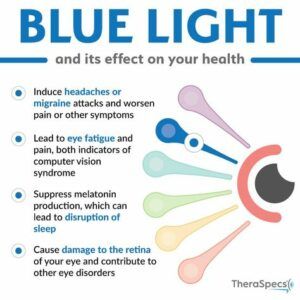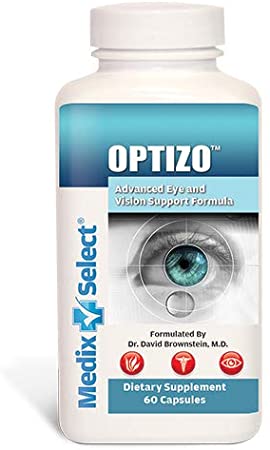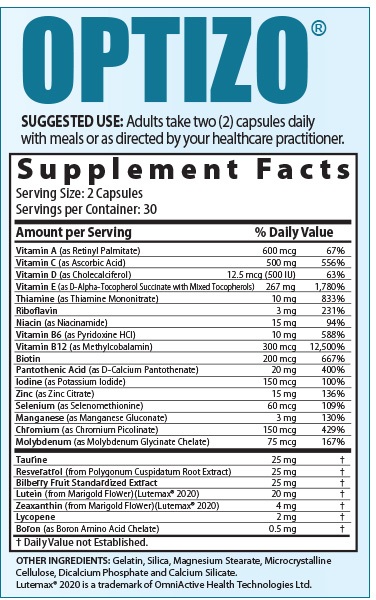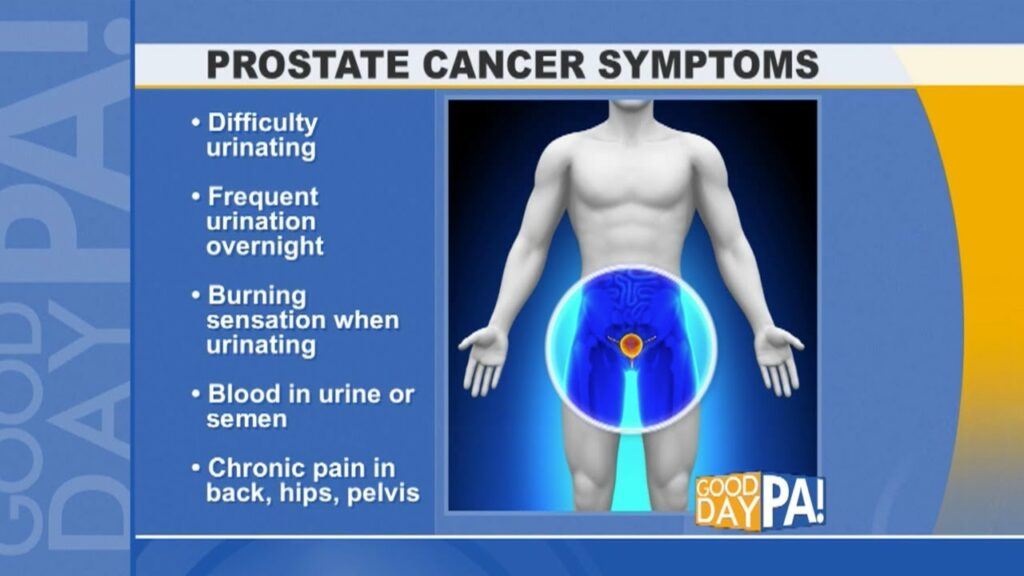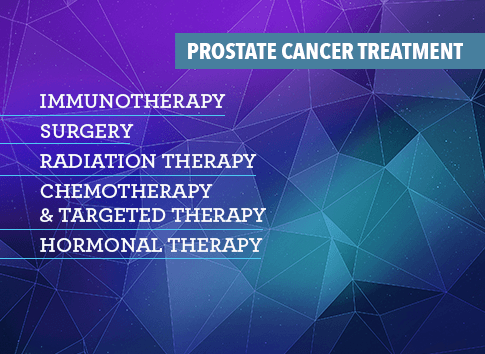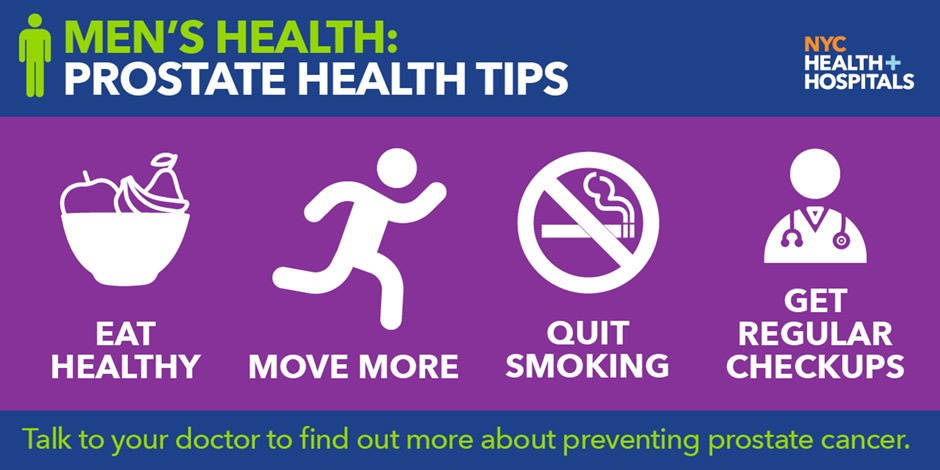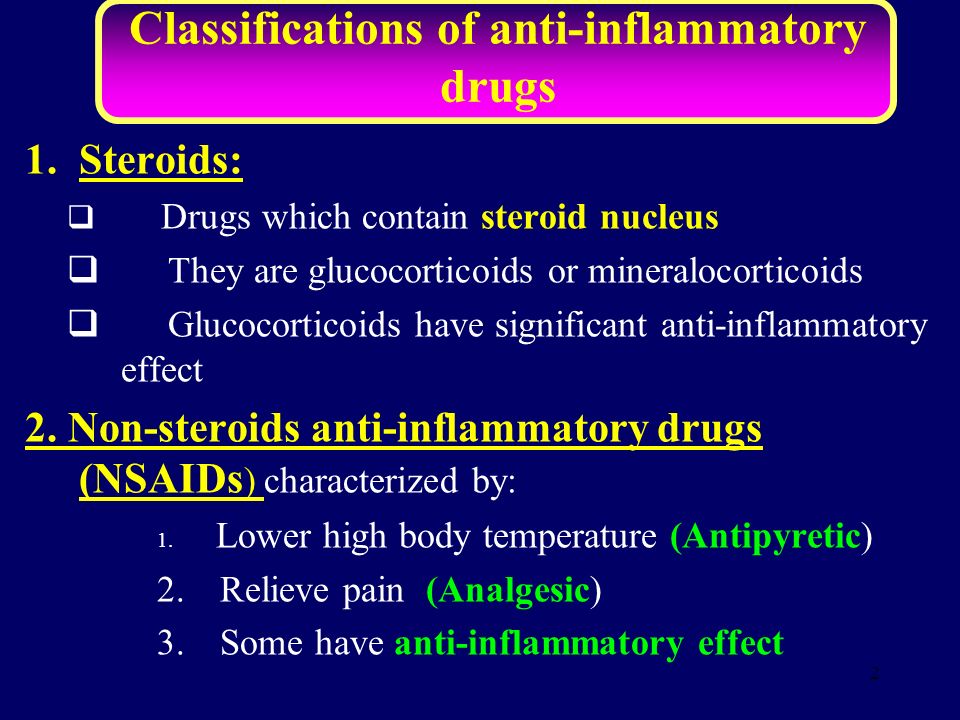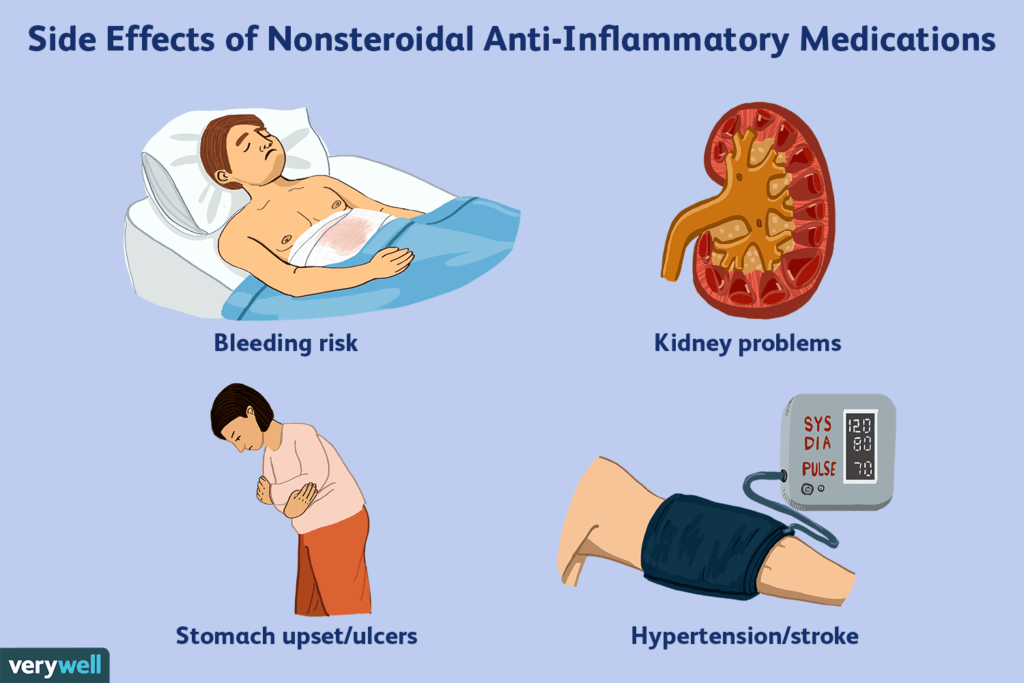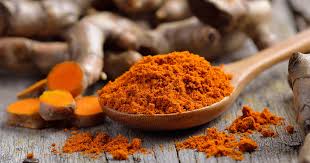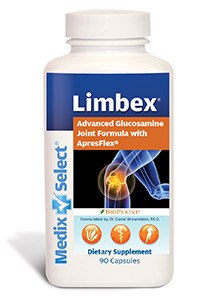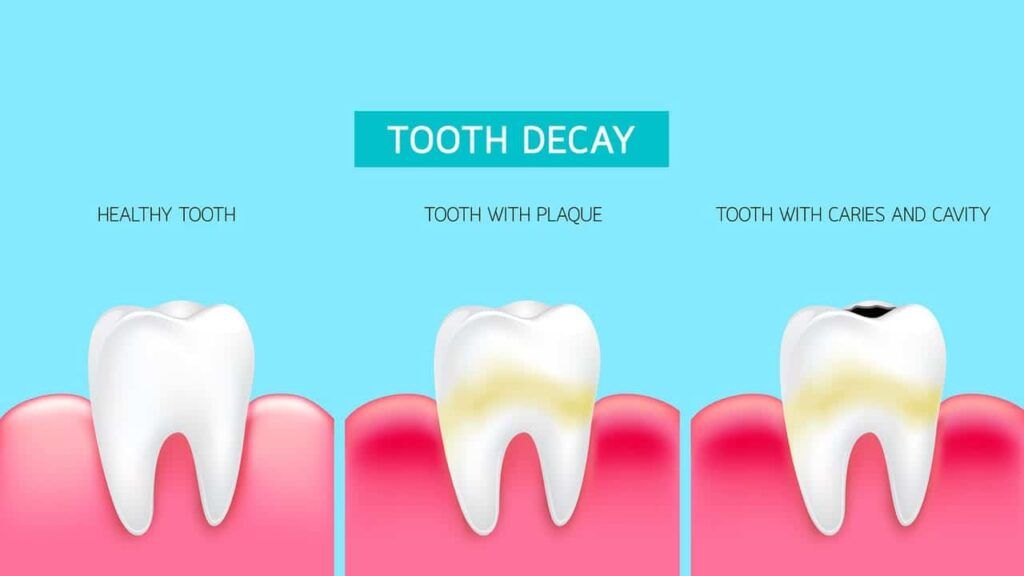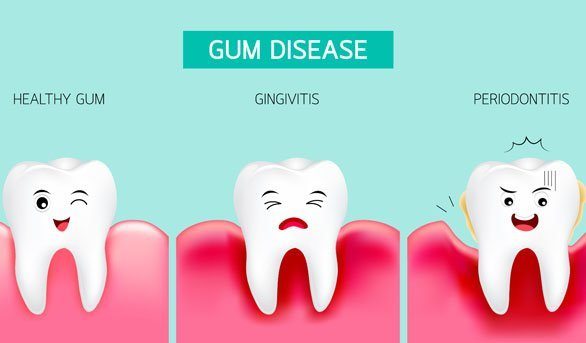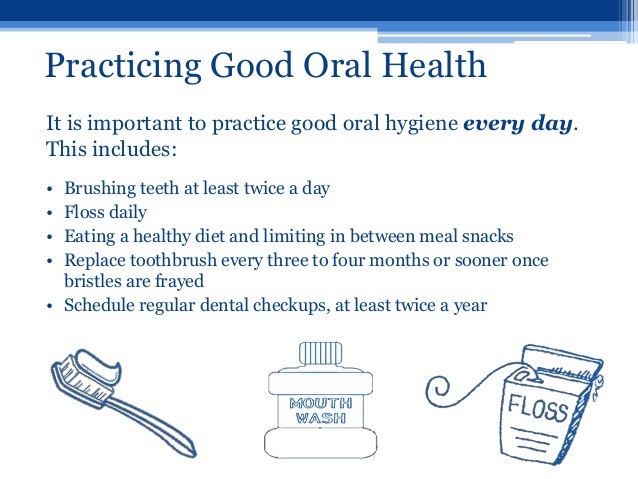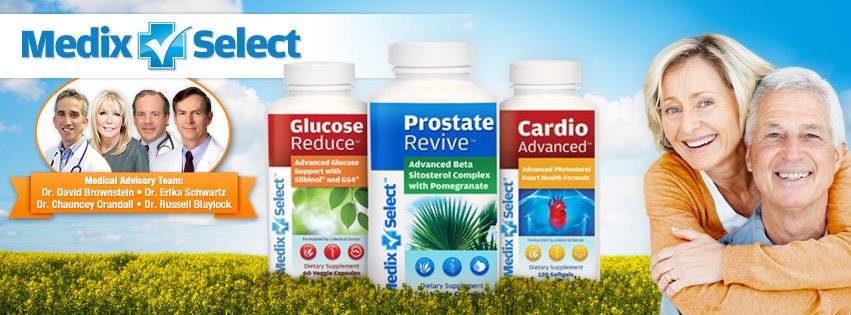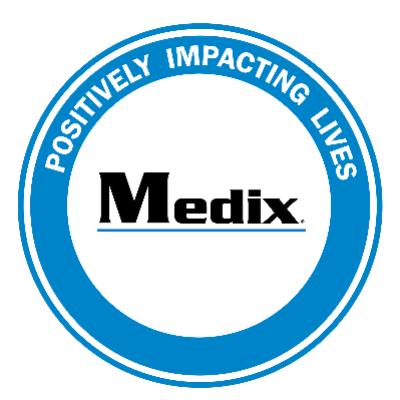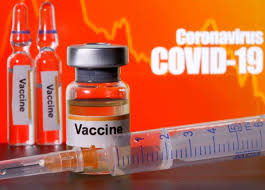Have you ever wondered if you have brain fog? This article will help you to determine if you do and what you can do about it. Then you will no longer have to ask, do I have brain fog?
Brain fog is one of those conditions where our brains are simply not working as well as they usually do for some reason. It can produce difficult days at work because we are unable to perform our jobs accurately, and it can additionally affect our social lives as well because we find it challenging to relax and have an enjoyable time.
What is Brain Fog?
First, it is important to understand what brain fog is. The term Brain fog is not a medical or scientific one; it is used by persons to describe how they feel when their thinking is not clear but not sharp, sluggish, and fuzzy (aka fuzzy brain).
Everybody experiences this concern on occasion. Perhaps an individual may not think clearly when he or she was sick with an illness such as the flu or an illness of another kind. Perhaps they were jet-lagged and their thinking was sluggish because it felt it was 3 AM according to their home time zone. Alternatively, perhaps they took medication such as an antihistamine that made their thinking fuzzy for a while. In each case they probably desired to get back to normal, whether that meant recovering from the illness, adjusting to the new time zone, or simply waiting for the side effects of the medication to wear off.
What is Brain Fog Caused by?
There are several possible causes of brain fog and, most of them are reasonably easy to adopt. Typically, it only takes effort to make some adjustments to the daily schedule and an individual will be feeling much better again in no time. At times, however, it can be far more challenging to overcome, and might even be a sign of something serious.
Let’s look at some of those possible causes
Insufficient sleep – Possibly the most widespread reason for brain fog is a need for sleep. Most individuals require around 8 hours every night, although that figure will differ from person to person. If an individual often does not sleep well enough at night then he or she could be affecting their physical as well as their mental health.
One of the universal reasons for not getting enough sleep boils down to lifestyle preferences. Many individuals over-work themselves to their souls, while others might choose to stay up late gaming or watching TV. Other individuals may have trouble sleeping because of specific medical conditions. Regardless, it is best to get enough sleep if possible and it will make one feel much better as a result. For more detailed information on the impact of sleep, please read the article, The importance of sleep for health, on this website.
Improper diet – What we eat has a major impact on our total health. Not only is it crucial to eat the right type of food, but it is additionally important to eat enough, but also not to overdo it. Some individuals will also need to steer clear of certain foods for fear that it causes them unwelcome problems, including brain fog.
Among the most vital things to take into concern is to have a diet that is stuffed full of vitamins and minerals. Vitamin B12, specifically, is crucial for a healthy brain that allows us to think and concentrate clearly. A healthy diet is also crucial for many other components of our health.
Excess Stress – Stress is a natural process, and pretty much everybody will have experienced it at some point in his or her life. It is the body’s way of assisting to make sure that the body is alert and ready for certain situations, serving to ensure that the body is able to deal with the issue.
While it is vastly beneficial, too much of a good thing is a bad thing and stress is certainly not a good thing if there is an excessive amount of it. If an individual is going through episodes of extended stress then it can lead to brain fog, and longer-term mental health problems, high blood pressure, and other potentially serious mental conditions. If an individual is difficulties then they should think about speaking with a health professional to help conquer the root cause of it.
Hormonal imbalances – Hormones have an influential impact on the general performance of our bodies. For example, they assist to control our mood and the way a person thinks, in addition to ensuring that the bodily processes are operating evenly. If, for any reason, an individual’s hormonal levels were to be altered then it can result in some undesirable symptoms including brain fog.
Health issues such as menopause, menstruation, and pregnancy can have an impact on a female’s hormonal levels. This can lead to brain fog as a result, alongside some other unwelcome symptoms.
Medications – When we are under the weather, individuals will occasionally require some form of medication to aid recovery as quickly as possible. Medication can aid in remedying the underlying condition directly, while some medication will only assist to relieve the individual of the symptoms.
In addition to having many helpful properties, some medications will have some rather undesirable side effects. The majority of side effects from medications are fortunately not very serious, and one (1) example of this is brain fog. Other general side effects of medications can include dizziness, drowsiness, and, headaches. Some side effects can be significantly more serious, however. Therefore, we must take all necessary precautions when using drugs.
Cancer treatments-Chemo Therapy – Chemotherapy is a medical procedure that attacks cancer cells directly, to aid in the slowing of the progress of cancers. These are very potent drugs that are used in this procedure and while they can be quite effective at slowing down cancer, the treatment can also have some extremely unwelcomed side effects.

One of these undesirable side effects is brain fog, otherwise known as “chemo brain.” Individuals can have difficulty processing even the simplest of things and are subject to forgetting names, and the day of the week. Some individuals may experience chemo brain for quite a prolonged time after treatment, but the majority will find that the symptoms disappear reasonably quickly.
Chronic (recurring) Infections – Infections are comparatively general and the majority is not going to do us any severe harm. The greater of these will be cleared up within several days or so, however, others are going to linger around for much longer or perhaps even for life. The infections that do last for longer than usual will probably cause a number of symptoms including brain fog.
One common example is the infection, candida. Candida is a fungus that is residing in our stomach and, essentially, it is harmless. However, under some circumstances, this fungus has the ability to grow out of control, and this can affect the balance of bacteria in the digestive system.
Chronic Fatigue Syndrome – It is actually completely normal for us to get tired, However, it is not normal for us to feel tired all of the time. We should be able to wake up in the morning feeling reasonably fresh and alert, although that is not always the case. If an individual is always feeling tired no matter what, then that individual may have chronic fatigue syndrome.
In addition to feeling tired all of the time, chronic fatigue syndrome can furthermore cause, you guessed it, brain fog, with the individual often feeling as though they are confused and unable to focus. There is no cure for this condition as of yet, however, medication and therapy may as a minimum help to improve the quality of the individual’s life.
Multiple Sclerosis – Multiple sclerosis is a condition that can have an intense effect on an individual and those around them. It attacks the central nervous system, including the brain, and has an impact on the individual’s ability to move the muscles of their body.
It additionally has an injurious effect on the individual’s cognitive abilities. Individuals with multiple sclerosis can encounter difficulties with focus and memory—brain freeze. They will additionally often have problems with communicating and comprehending as the condition advances. Multiple sclerosis cannot be cured, but treatment and therapy can assist in slowing the beginning of the condition and improve the individual’s quality of life.
Depression – We have learned quite a bit concerning mental health, and it has been discovered that an astounding number of individuals suffer from some form of a mental health problem. Among the most widespread of all these problems is depression, which can be a very serious condition for sure. It can cause many symptoms, including brain fog.
Depression is frequently referred to as the silent killer. The reason being is because individuals with the condition will regularly suffer in silence, thus putting a brave face on things, and other individuals will often not be aware that they have a problem. The patient is often far from satisfactory, though, and depression is amid the leading causes of death along with otherwise healthy individuals.
Pregnancy – Many females discover that it is harder to retain information, which is a symptom of brain fog, during pregnancy. Additionally, during pregnancy, a fetus can change the body in many ways, and the chemicals released to protect and nourish the fetus may bring on memory problems.
Menopause – Females may find it difficult to learn or remember things when they arrive at this stage of life. It occurs about a year after their last menstrual cycle, which is usually around age 50. Along with brain fog, they also may have hot flashes, sudden sweating with an elevated heart rate and body temperature, and other body changes. Hormone supplements and other types of medication may help mitigate or eliminate these effects.
Lupus – This long-term disease initiates the immune system to attack the body, and the symptoms can be different on a case-by-case basis. About fifty percent of the individuals with lupus have problems with memory, confusion, or trouble concentrating. Unfortunately, there is no cure, but medication and treatment with a therapist can assist.
How to Treat Brain Fog
Brain fog treatment depends a great deal on what has caused it in the first place.
For example, if an individual is anemic, iron supplements may his or her production of red blood cells and thus reducing the brain fog. If an individual is diagnosed with an autoimmune disease, the physician could recommend a corticosteroid or other medication to decrease inflammation or restrain the immune system.
At times, relieving brain fog is simply a matter of correcting a nutritional insufficiency, changing medications, or improving the value of sleep.
Home remedies to improve brain fog include:
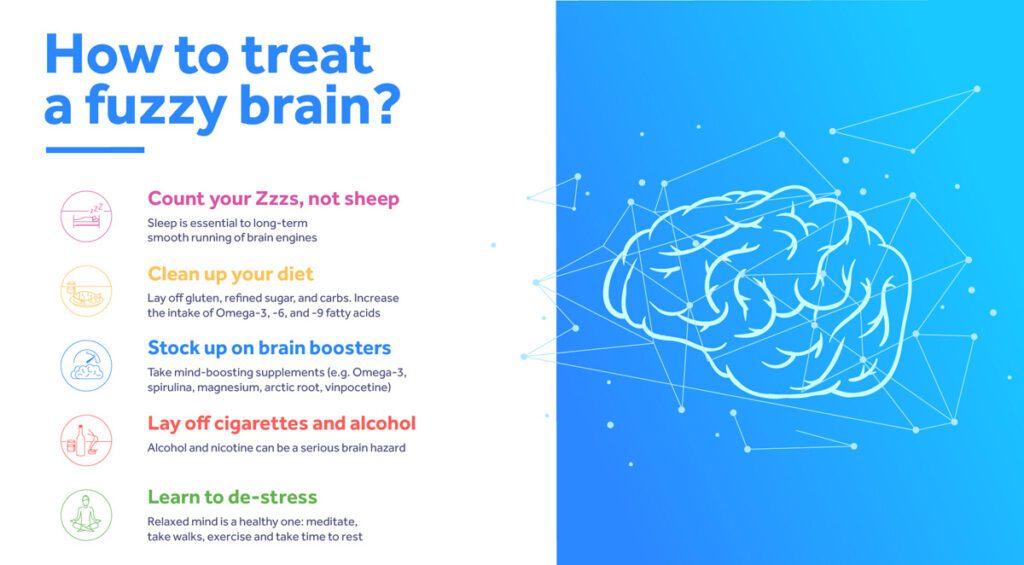
- Exercising
- Finding activities that one enjoys doing such as a hobby
- Increasing the intake of protein, vegetables, fruits, and healthy fats
- Managing stress by knowing individual limitations
- Avoid excessive amounts of alcohol and Caffeine.
- Getting proper rest – sleeping 8 to 9 hours per night
- Strengthening brain power (e.g. solving brain puzzles)
- Supplementation – A good multivitamin in addition to a proper diet can ensure the intake of the necessary vitamins, minerals, and nutrients needed for a strong mind and body.
For a vast selection of vitamins, minerals, and nutrients visit this link.
These remedies can also be engaged to prevent brain fog from occurring initially.
Any questions, comments, or concerns, can be left below.
Good Health!!

